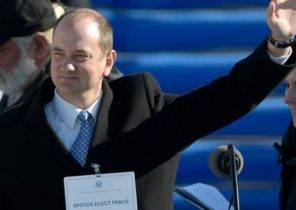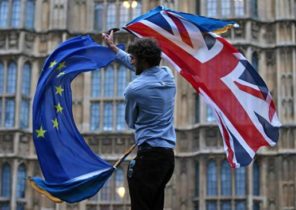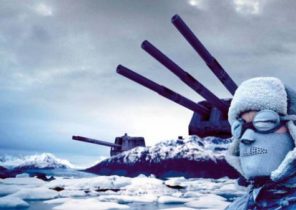
“We can’t approve you entry. If you apply again, we will consider it.” The so-called Donetsk people’s Republic is under the control of Pro-Russian forces. I tried to get there through the South of Russia, but received from the border guards.
In the spring of 2014 erupted in the Ukraine military conflict between government troops and Pro-independence Pro-Russian rebels in the East of the country. The victims of this conflict was about ten thousand people. In February 2015 signed an armistice agreement (the”Minsk-2″), resulting in large-scale battles in time stopped. However, in connection with the coming to power of administration of the trump in the US, which supports the government of Ukraine, opposition flared up again.
In February, President Putin signed a presidential decree declaring a valid passport issued in the regions under the control of Pro-Russian forces. Intensified trade exchange between Russia and Eastern Ukraine. Experts believe that the Pro-Russian regions will gradually merge with Russia.
The militia also began to nationalize Ukrainian companies, which are under their control regions. In this regard, the Ukrainian government expresses its strong protest.
“As a result of the nationalization of spreading chaos: the work is getting smaller. Salaries and pensions have decreased considerably compared with the situation three years ago. The authorities do not want to inform about the real situation” — a well-informed source in Donetsk, commented on the refusal of entry to foreign media.
In Kiev, nationalists barricaded Russian banks. They are also attacked. This is a protest due to the fact that “Sberbank” carries out operations for passports, which are issued by the militia.
The conflict began in February 2014, when the Donetsk and Luhansk regions spoke out against the overthrow of the Pro-Russian government by protesters in Kiev. Russia fueled the conflict, providing military support Pro-Russian forces. It is obvious that this conflict dates back to 100 years ago.
In 1917, the February revolution was accomplished. In Kiev, which was part of Russia, Ukrainians were formed the Central Rada. In a short time were obtained independence. However, after the October revolution in the Eastern part of civil war broke out with the participation of Ukrainian Soviet government, German troops and so on. In the end, most of the territories were under the control of Soviet forces.
The coup of 2014 has been, as the citizens were against the fact that the Pro-Russian authorities have shelved the project of Association with the EU. After the Russian revolution and the collapse of the USSR in 1991, the people again demanded national self-determination and democracy.
Now there is an increasing bias towards nationalism. In February, Parliament issued a decree on compulsory use of the Ukrainian language in administrative institutions, and educational institutions. This caused discontent in the Donbas, where Russian is more used language.
Rada also introduced a bill under which it is impossible to deny the great famine (1932-1933) generated by collectivization, as well as the history of Ukraine’s struggle for independence.
Political analyst from Donetsk said: “100 years ago, and now Donbass against becoming a part of Ukraine. This is a kind of similarity”. According to him, the psychology of people in the East and the West of Ukraine, formed for many years, is very different. “Ukraine must become a national or Federal state without the Donbass”, — emphasizes the analyst.
The Putin administration is concerned that in the post-Soviet space is growing trend of distancing from Russia. Therefore, it proclaimed the revival of the “Russian world” and carried out aggression in Ukraine. “Russian world” — this is an Imperial concept of Russian enterprises and the Russian people from neighbouring countries.
In the post-Soviet space there are regions, in addition to the Ukraine, where a conflict may occur nationalists and the “Russian world”.







